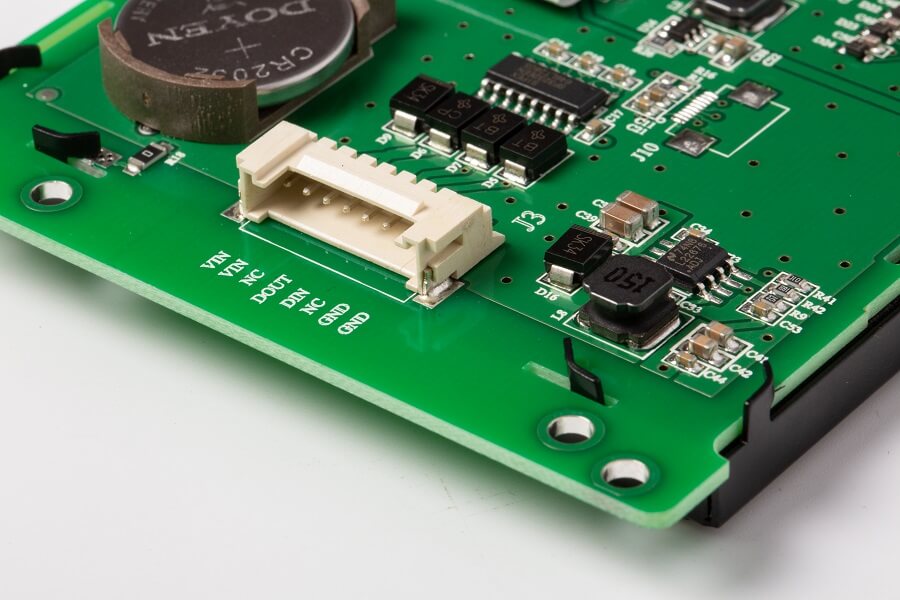Know which Resolution and format is good for your new TV
This article aims to serve as a buying guide and analysis of the current market for screens, both televisions and computer monitors...
Introduction
Not long ago, acquiring a screen to watch television or work on the computer was quite simple: developers measured the space where the monitor or television went and you bought the one that, within your budget, offered you a larger diagonal.
However and as usually happens with technological advance, each 5 inch tft module manufacturer offers different solutions, and not always standardized. This implies that you must correctly analyze the different options and select the one that suits what you need, without forgetting future alternatives so as not to have to prematurely change the device.

This article aims to serve as a buying guide and analysis of the current market for screens, both televisions and computer monitors, as well as for a booming option, hybrid solutions that combine the option of watching television and using the screen as output monitor for the computer.
To tackle the problem in a simple and structured way, you will segment it into different parameters - aspect ratio, resolution and format, technologies, connections - and you will analyze the traditional option and the existing current alternatives.
Resolution and format
You are used to reading about the resolution of cameras, but it is strange to refer to the same parameter with respect to a screen, although you have used 5.6 inch display module long before. If you read the specifications of a monitor, you will not find references to megapixels, but youe will not be surprised to hear that it has a resolution of 1024x768 pixels. In photography, the resolution of a sensor, in megapixels, is the total number of pixels that the sensor contains. In the screens, due to the different aspect ratios, it is convenient to offer this parameter as the product of the number of columns by the number of lines it can reproduce. click read
For example, in the case of a monitor working at a resolution of 1024x768, you can say that it has 1024 pixels for each of its 768 lines, i.e. it will be playing 786432 pixels, less than one megapixel. This implies that, beyond the size of the screen, you must also look at its resolution, since a large screen with a small resolution will present images of a worse definition.
Manufacturers bombard you on their televisions and monitors with endless labels that speak of high definition: HD Ready, Full HD, 1080i, 720p, etc. To understand what these labels mean, you must first focus on the television signal you currently receive: so far, the television signal in PAL, the European system, has an aspect ratio of 4: 3 with 720 columns and 625 lines, of which only 576 are visible. In addition, the PAL system, and consequently tube TVs, works with an interlaced system: 25 frames -images- consisting of 2 fields (50 fields per second) are presented to the user every second; to save bandwidth, even lines are transmitted first and odd lines after a very short time. Thanks to the integrating power of the eye and the brain, you perceive the complete images.



